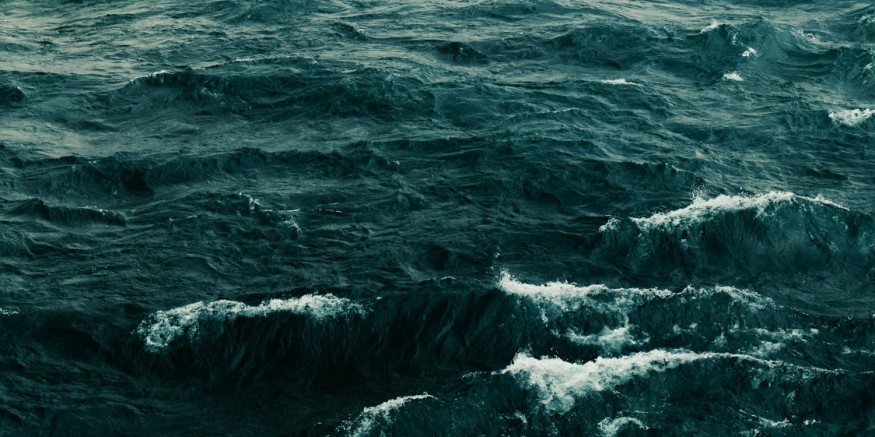Lake tsunamis are a series of large water waves in relatively smaller bodies of water such as freshwater lakes. Aside from ocean tsunamis that are commonly caused by earthquakes, these inland aquatic tsunamis can be caused by the displacement of a large force into the water like landslides. Regardless, both types of giant waves threaten coastal communities or population centers.
Although a lake tsunami mostly occurs in remote areas, global warming could allow it to get near populated locations. In a recent report by the Seismological Society of America (SSA), evidence shows that lake tsunamis are triggered by landslides in mountain glacier environments. As part of its annual meeting, the organization says the phenomenon could worsen amid warming conditions.
Tsunamis do not occur only along beaches but they could also happen even in inland bodies of water, as mentioned earlier. In the context of climate change, the melting of glaciers could increase the frequency of lake tsunamis amid rising temperatures driven by a warming climate, as stated by the SSA report last week. The threat not only impacts communities but also natural ecosystems.
Lake Tsunamis and Glacier Landslides

In its news release on May 2, the SSA reported from its annual meeting that "lake tsunamis pose a significant threat" to communities in the future due to a warming climate. According to geologist Bretwood Higman, from Ground Truth Alaska, it could only be a matter of time before lake tsunamis strike a more populated area like Portage Lake, which is near Whittier, Alaska.
According to the SSA, this tsunami phenomenon is common in Alaska, in the Canadian province of British Columbia, and in other regions in the world with mountain glaciers. In Alaska, other sites at risk of lake tsunamis include Eklutna, Juneau, Seward, Valdez, and Grewingk Lake in Kachemak Bay State Park. In addition, Index Lake near Glacier View is also at risk from landslide-triggered tsunamis.
In previous related incidents, lake tsunamis had recently occurred in Brabazon Range, Cowee Creek, and Upper Pederson Lagoon in Alaska. Due to the threat, Higman addressed the potential risk of lake tsunamis in sites like Portage Lake during the 2024 Annual Meeting, which was held from April 29 to May 3. Higman emphasized assessing these sites using seismic signals connected to landslides.
Also Read: Glacial Lake Outburst Floods: New Research Investigates Broader Range of Triggering Factors
Global Warming as Main Driver
Melting glaciers and polar ice caps may be a recurring theme in the context of climate change. However, the more scientists study global warming, the more they find new risks and even unprecedented natural disasters caused by the warming climate. For instance, the melting of ice on Earth's polar regions have been found to be accelerating than previously thought.
In recent years, the impact of the global warming has become more evident than ever. In a previous report, scientists had determined that 2022 was the sixth warmest year since global records started in 1880, according to the National Centers for Environmental Information.
Related Article : Geologists Raise Tsunami Hazard in Lake Tahoe, How Dangerous Is It?
© 2025 NatureWorldNews.com All rights reserved. Do not reproduce without permission.





